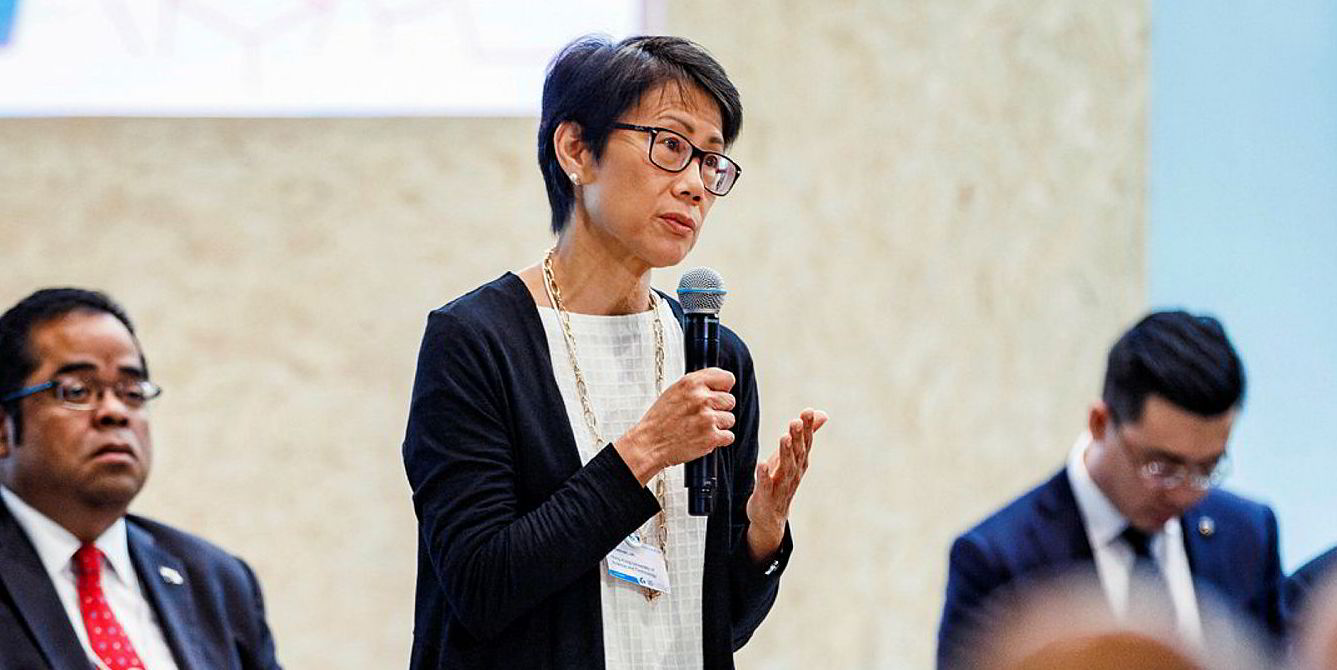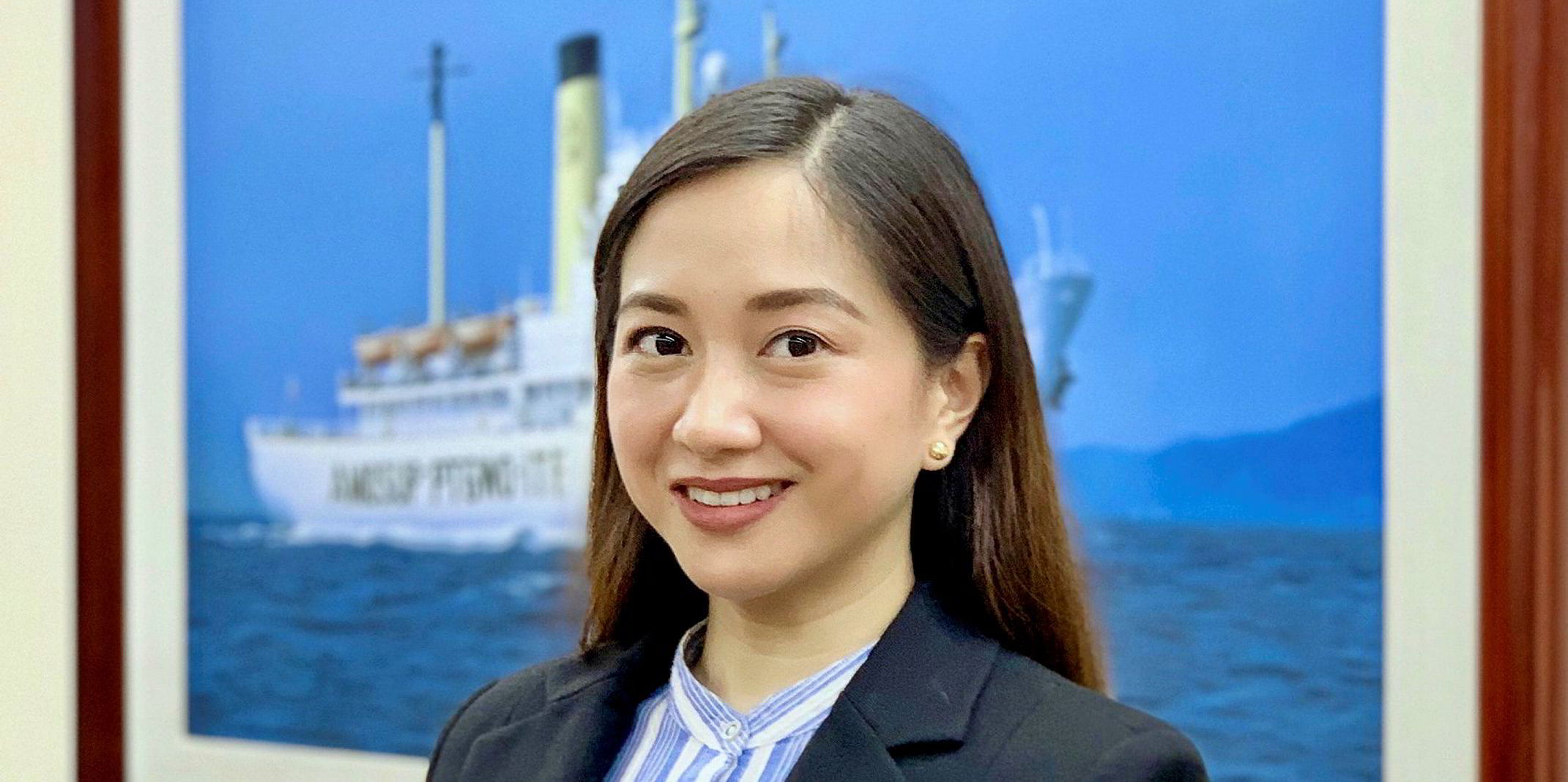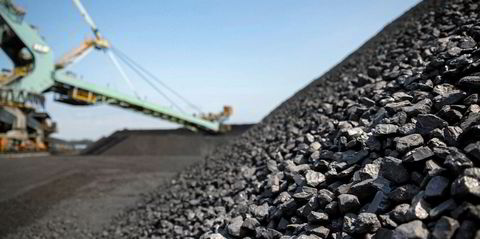Numbers are intended to draw us the big picture. Day by day, we are bombarded with statistics on the newspapers, television or online. Numbers give us the big picture. But are numbers all we need to see the picture clearly?
The world has seen the vital role of the maritime industry in keeping the economies of countries afloat. As the International Chamber of Shipping put it: “Shipping is the life blood of the global economy,” as 90% of the world trade is moved by 50,000 merchant ships manned by 1.6 million seafarers.
More than a quarter of the world’s seafarers come from the Philippines. In 2019, those 380,000 Filipino seafarers contributed $6.14bn to the Philippine economy.
Impact of Covid-19
But three months after the onset of the Covid-19 pandemic and the Enhanced Community Quarantine imposed in the country, 50,000 Filipino seafarers were repatriated. In that time frame, the Philippine Overseas Employment Agency only recorded 17,845 outbound or deployed seafarers: 15,595 male and 624 female seafarers in March, 591 male and six female sea-based workers in April and 1,020 male and nine female seafarers in May, respectively.
If this trend continues, decent work and economic growth, as well as gender equality will be greatly affected.
Amid the global crisis, we have seen the importance of different institutions working together. The synergy among the government and stakeholders, public or private, is crucial in saving the workers who drive the lifeblood of the global economy.

Information is one of the most powerful tools today. With the right amount of synergy, the government, companies and other stakeholders can come up with a centralised information system on maritime workers.
Call to action
Educating the public about the maritime industry is another area that we, as a community, can explore. Since time immemorial, the image of the maritime industry as a man’s world has been dragged on from generation to generation. The world must know that the maritime industry is moving forward towards diversity and inclusivity.
It is equally important to ensure that workers are adaptable. They are not robots programmed to work monotonously — they can upgrade their skills, open up themselves to grow and learn new abilities through trainings and personal development.
I have encountered several women seafarers either bullied or harassed by their superiors onboard
Their mental health should also constantly be kept in check through regular debriefing or counselling after they disembark.
The maritime community must also intensify its campaign for fairness and accountability especially among high-ranking officers on board. I have encountered several women seafarers either bullied or harassed by their superiors on board.
But many employers do care, and these companies can take the lead and start by sharing their best practices and embolden other companies and stakeholders to follow suit.
Reinforcing and empowering the maritime workforce through more accessible training and development is another step towards actualising gender equality, decent work and economic growth, and good health and wellness.
A workforce reinforced with competent and hardworking individuals is a strong workforce driven to maintain decent work and contribute to economic growth. Likewise, an empowered workforce is confident, fearless and mentally ready to face challenges head on.
Beyond statistics
Putting all of these efforts together will create a more resilient maritime community.
Now, what do these have to do with the realisation of sustainable development goals (SGDs)? Unless we tackle the problems at hand at the core, we will not be able to effectively and progressively move forward as a community to achieve the SDGs. Let’s Synergise, Educate the world, make our workers Adaptable to change, push for Fairness and Accountability, Reinforce and Empower our workers and together, let’s build Resilience.
Of course we need the statistics. But it’s equally important to keep in mind the lives, the faces, and the stories behind the numbers. Let us look beyond the numbers — the SEAFARER is the answer.
Camille Simbulan is head of special projects and communications at the Associated Marine Officers and Seamen’s Union of the Philippines (Amosup).
This essay has been edited for length and to reflect the time elapsed since its submission earlier in the year





